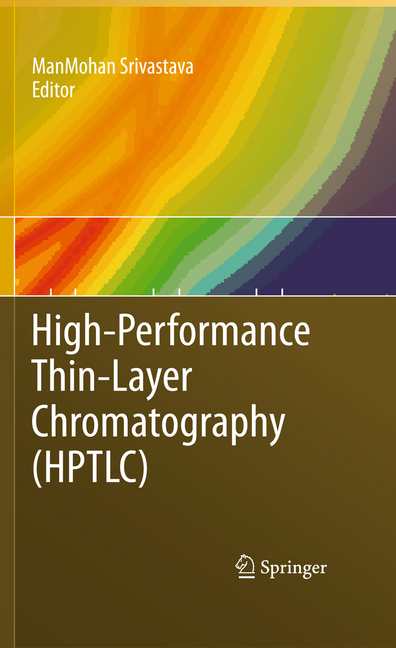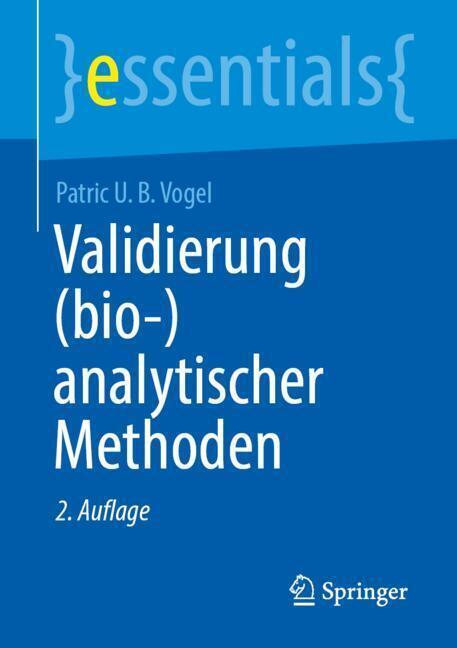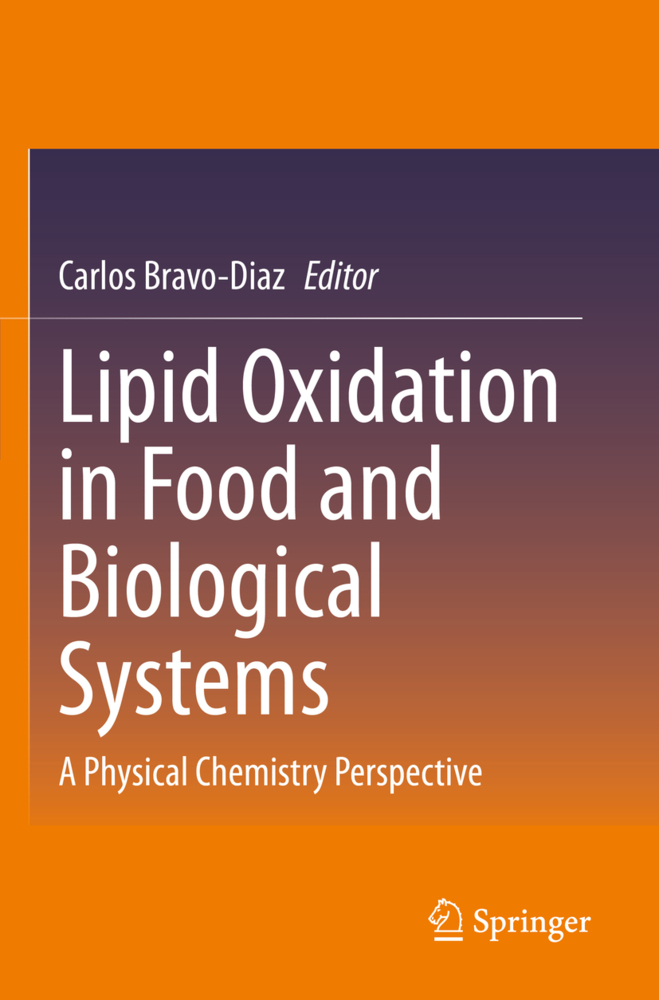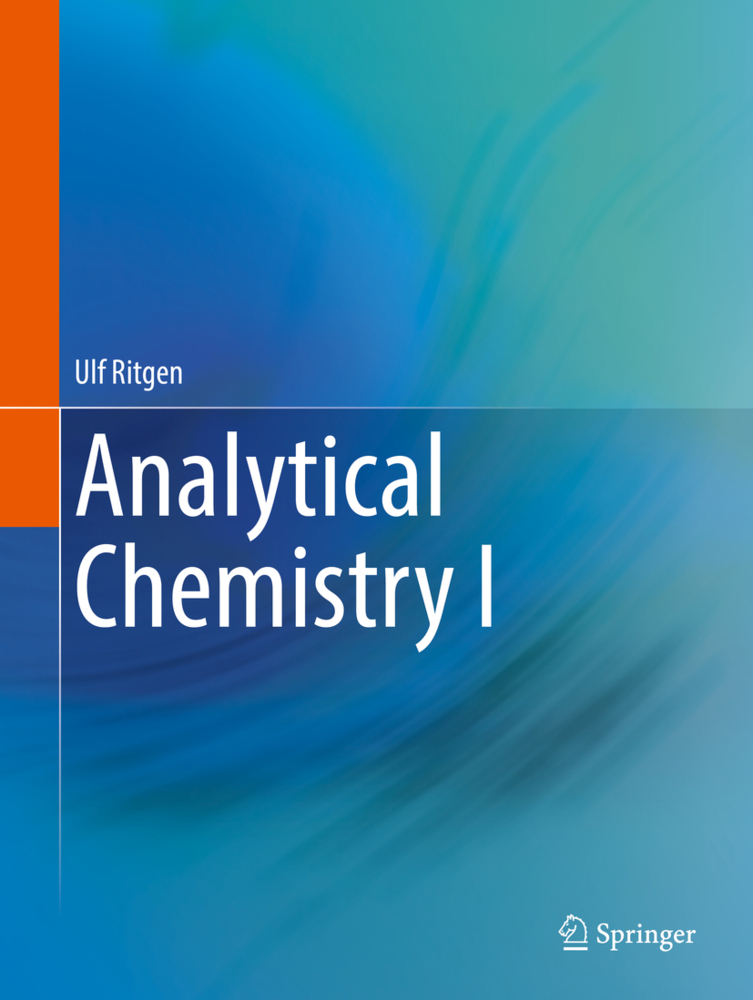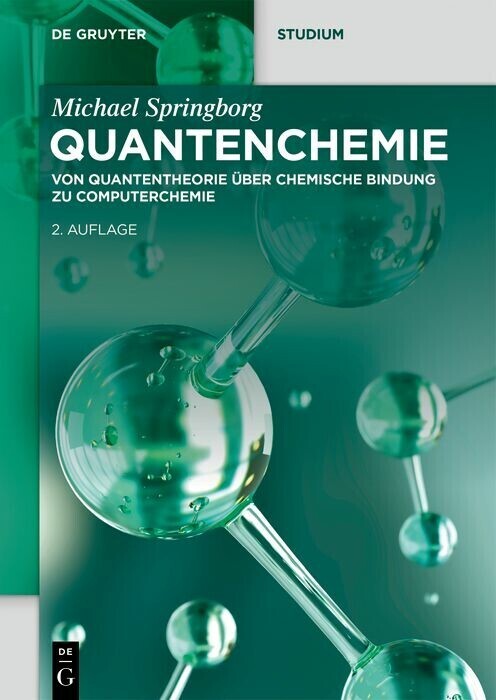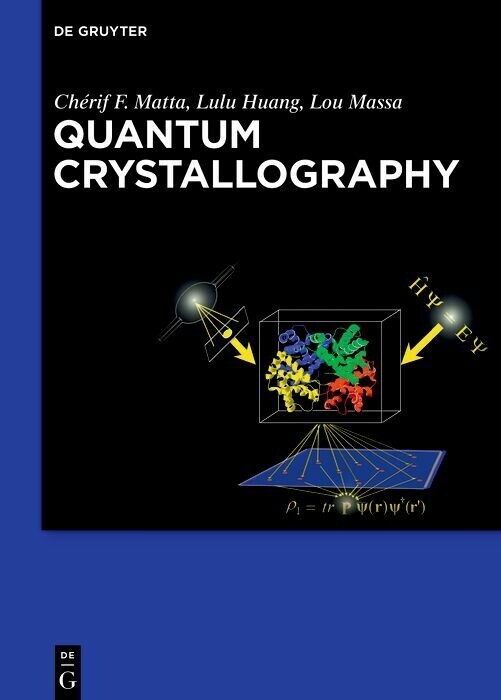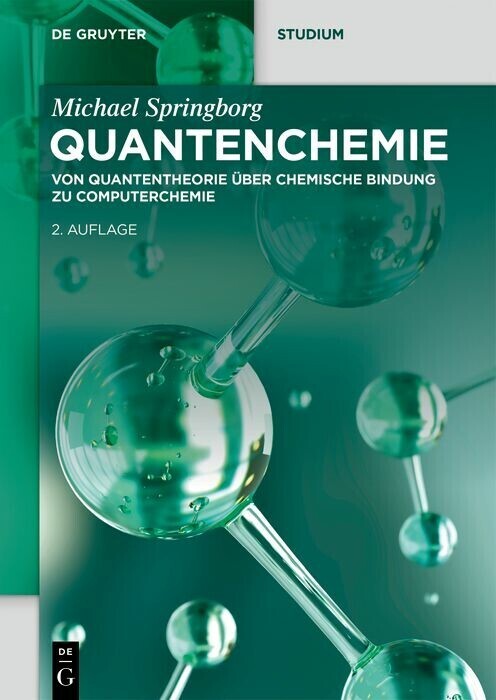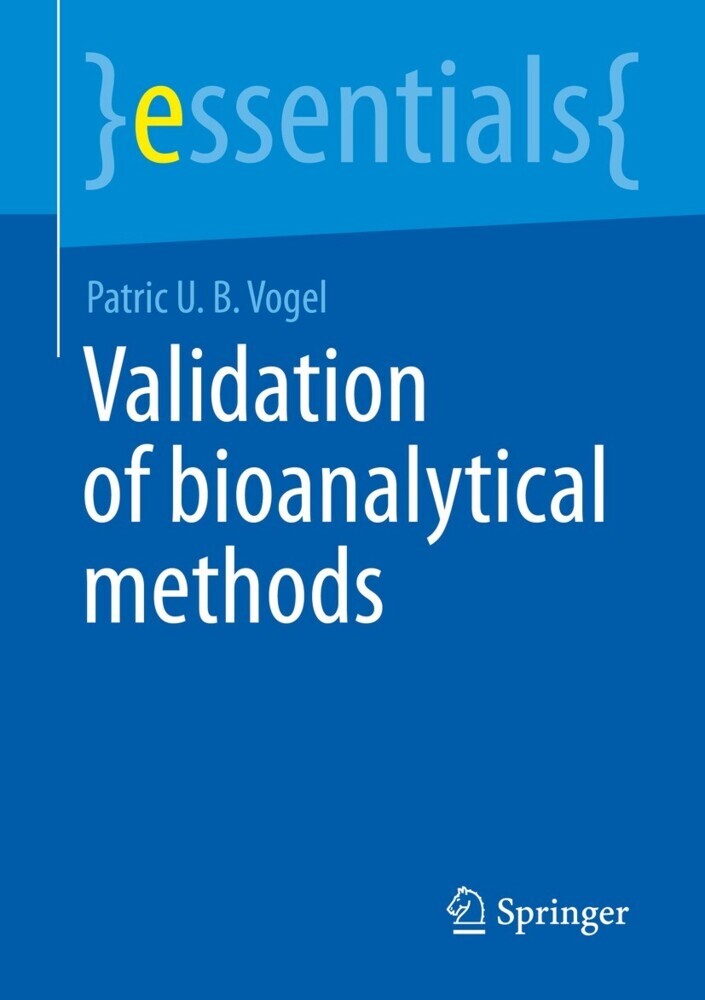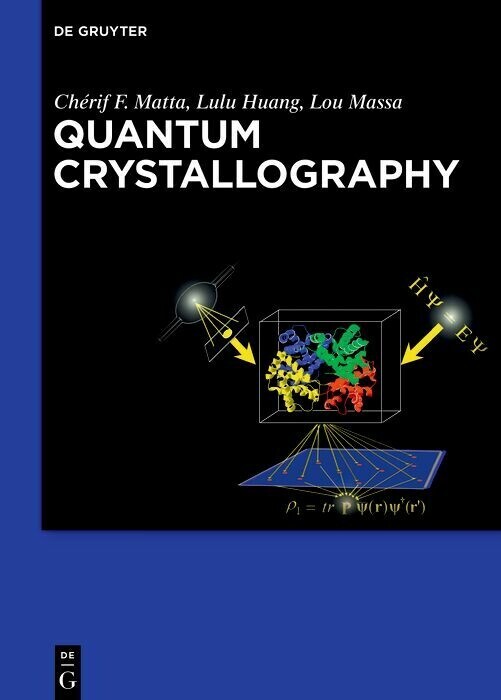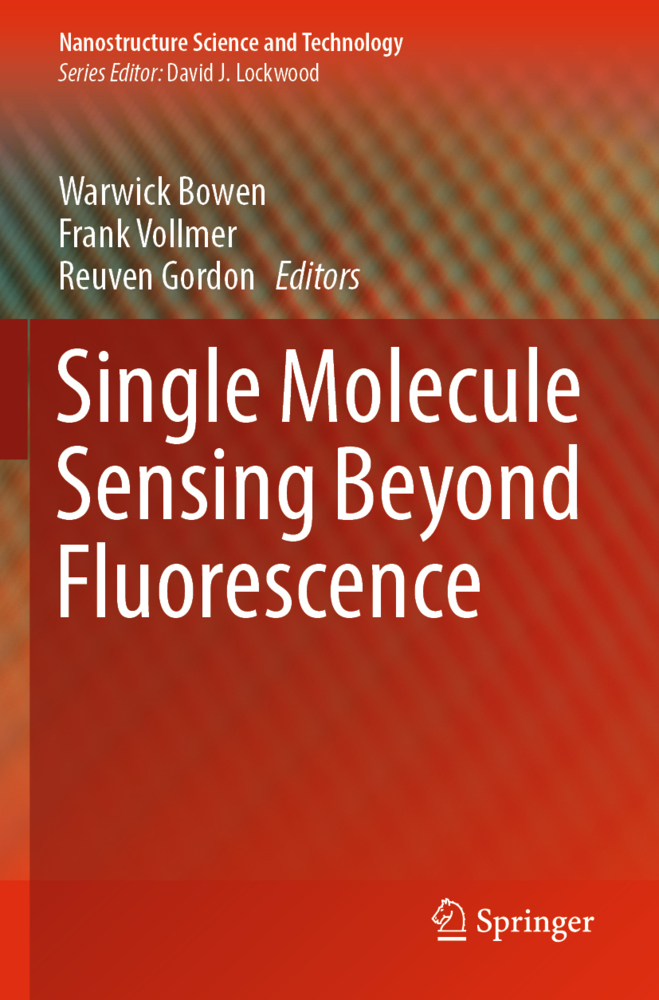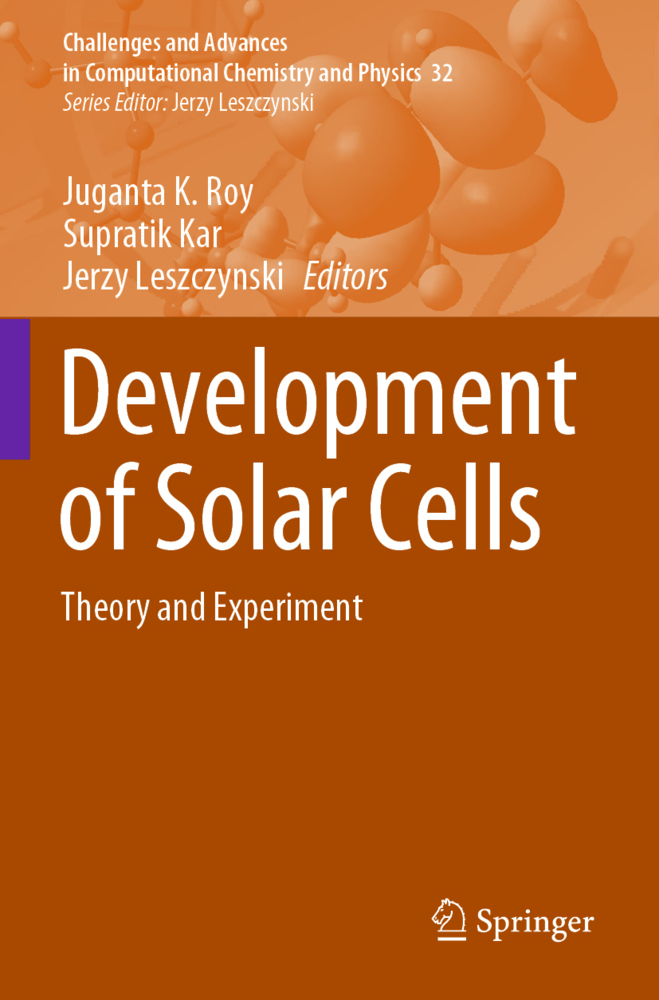High-Performance Thin-Layer Chromatography (HPTLC)
The present edited book is the presentation of 18 in-depth national and international contributions from eminent professors, scientists and instrumental chemists from educational institutes, research organizations and industries providing their views on their experience, handling, observation and research outputs on HPTLC, a multi-dimensional instrumentation. The book describes the recent advancements made on TLC which have revolutionized and transformed it into a modern instrumental technique HPTLC. The book addresses different chapters on HPTLC fundamentals: principle, theory, understanding; instrumentation: implementation, optimization, validation, automation and qualitative and quantitative analysis; applications: phytochemical analysis, biomedical analysis, herbal drug quantification, analytical analysis, finger print analysis and potential for hyphenation: HPTLC future to combinatorial approach, HPTLC-MS, HPTLC-FTIR and HPTLC-Scanning Diode Laser. The chapters in the book have been designed in such away that the reader follows each step of the HPTLC in logical order.
1;About the Book;6 2;About the Editor;8 3;Preface;10 4;Contents;12 5;List of Contributors;14 6;Part I Introduction;18 6.1;Chapter 1:An Overview of HPTLC: A Modern Analytical Technique with Excellent Potentialfor Automation, Optimization, Hyphenation,and Multidimensional Applications;19 6.1.1;Journey of Thin-Layer Chromatography;22 6.1.2;Recent Developments;23 6.1.2.1;Over-Pressured Layer Chromatography;23 6.1.2.2;Planar Electrochromatography;23 6.1.2.3;Image Analysis;24 6.1.2.4;Two-Dimensional Separations;25 6.1.3;High-Performance Thin-Layer Chromatography (HPTLC);25 6.1.3.1;HPTLC: Separation and Resolution;27 6.1.3.2;HPTLC: Validation Process;28 6.1.3.2.1;Selectivity;28 6.1.3.2.2;Sensitivity;29 6.1.3.2.3;Precision;29 6.1.3.2.4;Accuracy;29 6.1.3.2.5;Ruggedness;29 6.1.3.2.6;Limit of Detection;30 6.1.3.2.7;Stability;30 6.1.3.3;HPTLC: Optimization and Process Control;30 6.1.3.4;HPTLC: Automation;31 6.1.3.5;HPTLC: Hyphenation;32 6.1.4;Liquid Chromatography-Thin-Layer Chromatography (LC-TLC);33 6.1.5;High-Performance Thin-Layer Chromatography-Mass Spectrometry (HPTLC-MS);33 6.1.6;High-Performance Thin-Layer Chromatography-Infrared Spectroscopy (HPTLC-IR);34 6.1.6.1;HPTLC: Laser;35 6.1.6.2;HPTLC: Multidimensional Applications;36 6.1.7;Notes;36 6.1.8;Suggested Readings;37 7;Part II Fundamentals, Principle and Advantages of HPTLC;41 7.1;Chapter 2: Fundamentals and Theory of HPTLC-Based Separation;42 7.1.1;Planar Chromatography;43 7.1.2;Theoretical Considerations;43 7.1.2.1;Separation Efficiency;43 7.1.2.2;Partition Coefficient;45 7.1.2.3;Retention/Retardation Factor;46 7.1.2.4;Capacity Factor;48 7.1.2.5;Spot Capacity;49 7.1.2.6;Plate Height;49 7.1.2.7;Resolution;51 7.1.2.8;Selectivity;52 7.1.3;Notes;53 7.1.4;References;53 7.2;Chapter 3: Experimental Aspects and Implementation of HPTLC;55 7.2.1;HPTLC Methodology;56 7.2.1.1;Stationary Phase;59 7.2.1.2;Layer Prewashing;59 7.2.1.3;Mobile Phase;60 7.2.1.4;Sample Preparation and Application;60 7.2.1.5;Development of Chromatogram;61 7.2.1.5.1;Detection;61 7.2.1.5.2;Derivatization;62 7.2.1.5.3;Immersing;62 7.2.1.5.4;Spraying;62 7.2.1.5.5;Heating;62 7.2.1.5.6;Quantification;62 7.2.1.5.7;Documentation;63 7.2.2;Validation of Method;63 7.2.2.1;Specificity;64 7.2.2.2;Sensitivity;64 7.2.2.3;Linearity and Calibration Curve;64 7.2.2.4;Accuracy;65 7.2.2.5;Precision;65 7.2.2.6;Repeatability;65 7.2.2.7;Robustness;65 7.2.2.8;Retardation Factor;65 7.2.2.9;Peak Purity;66 7.2.3;Notes;67 7.2.4;References;67 7.3;Chapter 4: High-Performance Thin-Layer Chromatography: Excellent Automation;69 7.3.1;Automation of TLC to HPTLC;69 7.3.2;Protocol;71 7.3.2.1;Preparation of Plate;71 7.3.2.2;Plate Size;71 7.3.2.3;Sample Application Position;71 7.3.2.4;Chromatogram Development;72 7.3.2.5;Derivatization;72 7.3.2.6;Image Documentation;72 7.3.3;Auto Spray Loading;72 7.3.4;Automated Development;73 7.3.5;Digital Camera-Based Image Documentation;76 7.3.6;Software-Induced Scanning;76 7.3.7;Notes;79 7.3.8;References;79 8;Part III Applications of HPTLC Separation;80 8.1;Chapter 5: Multidimensional and Multimodal Separations by HPTLC in Phytochemistry;81 8.1.1;Multiple Development Techniques;83 8.1.1.1;Unidimensional Multiple Development;85 8.1.1.2;Incremental Multiple Development;87 8.1.1.3;Gradient Multiple Development;88 8.1.1.4;Bivariant Multiple Development and its Automated Version: Automated Multiple Development;91 8.1.2;Multidimensional Thin-Layer Chromatography;92 8.1.3;Comprehensive 2D Chromatography on One Adsorbent;92 8.1.3.1;Two-Dimensional Separations on Polar Adsorbents: Silica, Cellulose, Polyamide;93 8.1.3.2;Two-Dimensional Separations on Polar Chemically-Bonded Stationary Phases: CN-Silica, DIOL-Silica, and NH2-Silica;95 8.1.4;2D-TLC on Bilayer Plates and Coupled-Layer 2D-TLC;96 8.1.5;Combination of MD-PC Methods: Hyphenated Techniques;99 8.1.6;Notes;101 8.1.7;References;101 8.2;Chapter 6: Stability-Indicating HPTLC Determination of Imatinib Mesylate in Bulk Drug and Pharmaceutical Dosage;105 8.2.1;Method Valida
Srivastava, ManMohan
| ISBN | 9783642140259 |
|---|---|
| Artikelnummer | 9783642140259 |
| Medientyp | E-Book - PDF |
| Auflage | 2. Aufl. |
| Copyrightjahr | 2010 |
| Verlag | Springer-Verlag |
| Umfang | 397 Seiten |
| Sprache | Englisch |
| Kopierschutz | Digitales Wasserzeichen |

